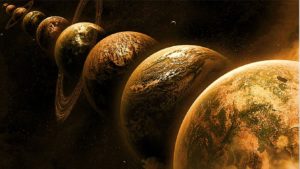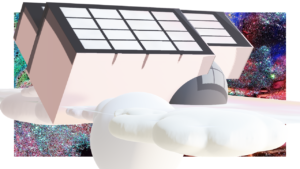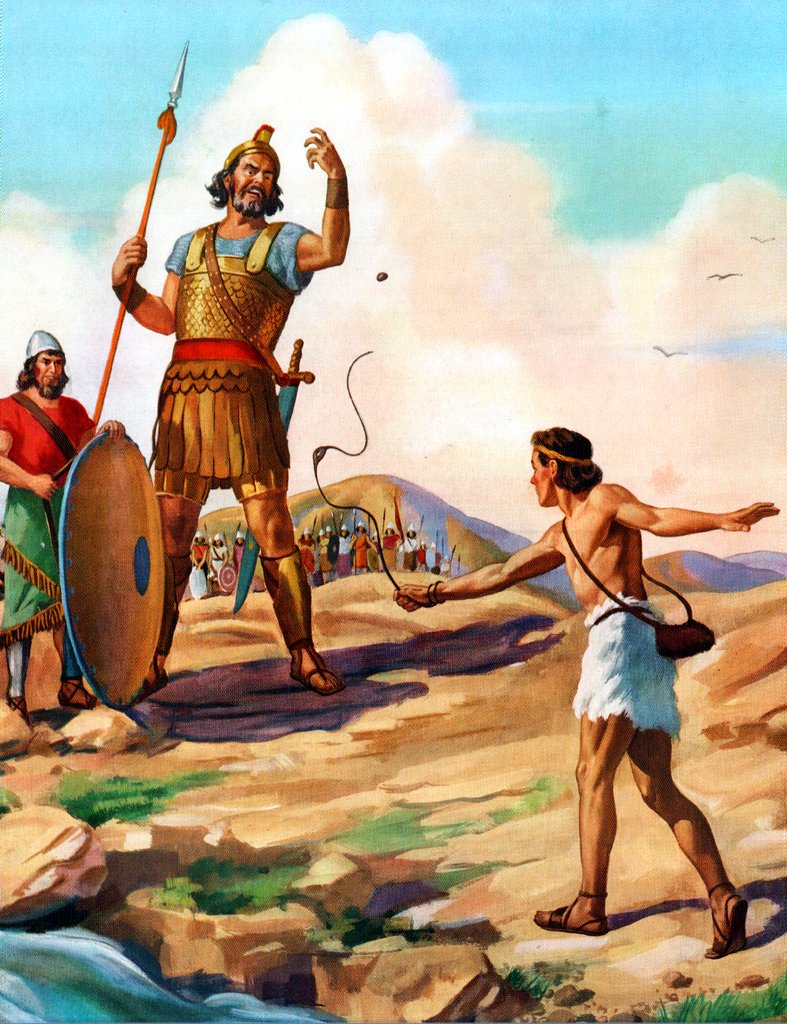
LMS for Small Businesses and Teams: 5 Pressing Roadblocks You’re Facing—With Solutions
Small business owners, as well as other leaders of small teams in the private, non-profit and even government sectors face a surprisingly common set of

Small business owners, as well as other leaders of small teams in the private, non-profit and even government sectors face a surprisingly common set of

In this guide As a teacher, you might have to take care of many things while working, including quite a few that are boring, repetitive,
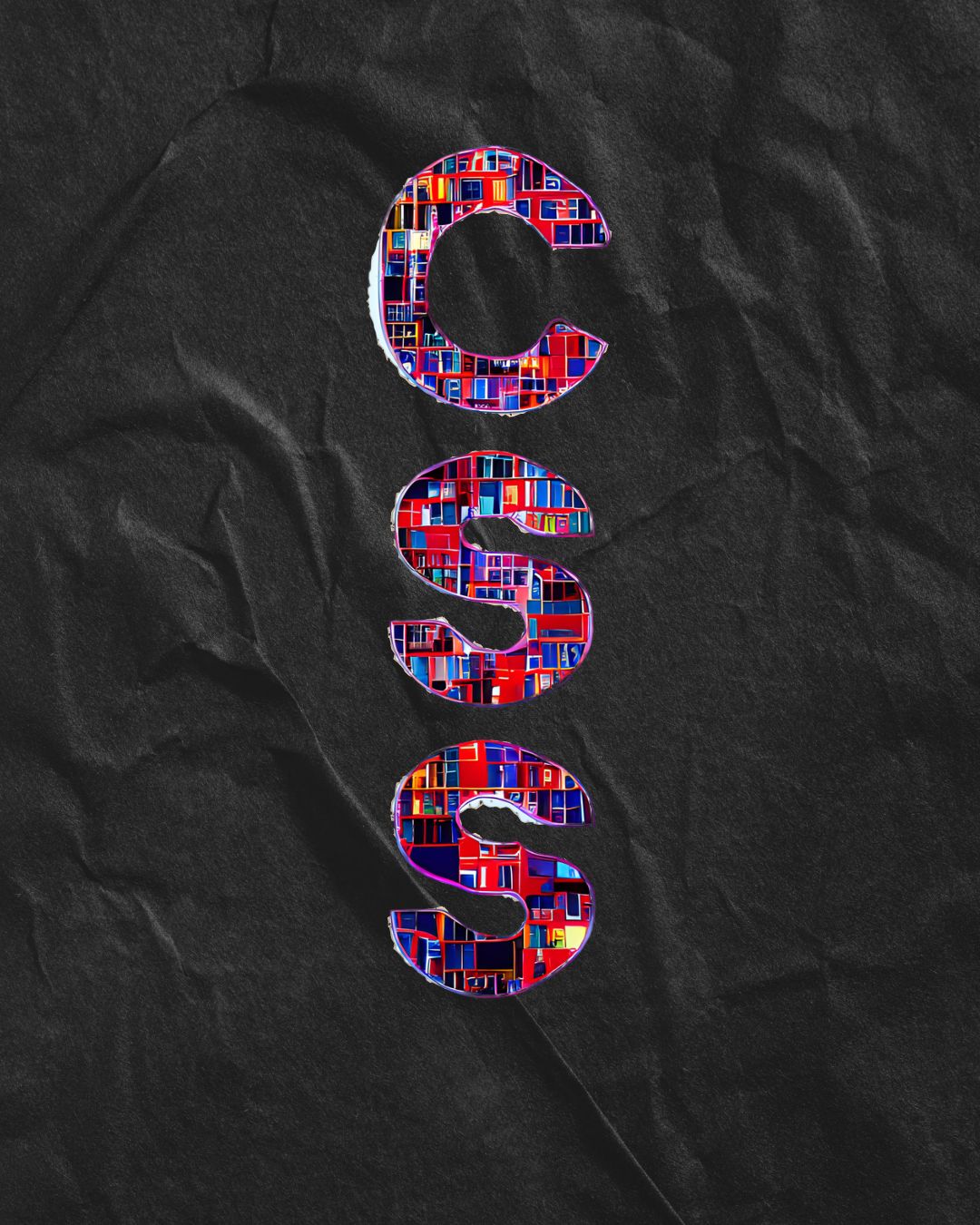
CSS is the visual language of the internet, and Learning Management Systems are no exception. In this list, we hope you find inspiration, simple ideas

On its surface, LMS multitenancy or multi-tenancy is the ability to manage several instances (ehm, “Tenants”) of a system from a central place. In LMS

Disponible en Español. A glimpse at the history of SCORM, starting along with the need for EdTech standardization, reveals a riveting tale. It might tell

Are you looking for a free Moodle™ hosting platform to start your online learning portal, be it as an individual or part of an organization
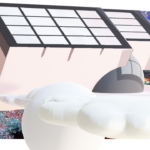
Learn How To Install Moodle™ On Amazon in this post series
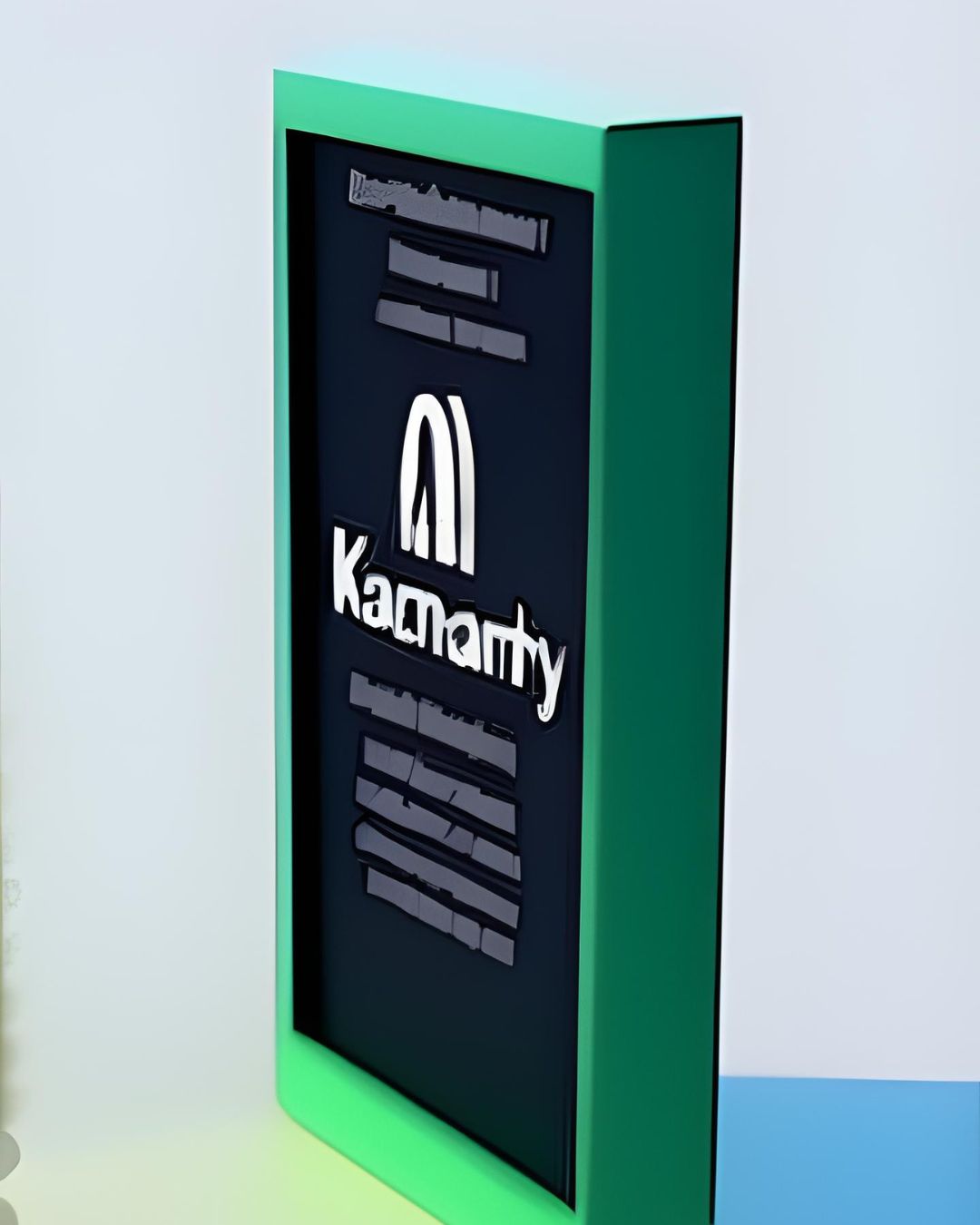
Disponible En Español In this guide: Is it possible to imagine an AI as a tutor rather than a tool that does the work for

«Hello, Moodle!» — The World. View Part One here: Pre-start Inventory, the AWS Console, Launching a Linux Ubuntu (EC2) instance Part Two: Terminal-AWS Connection using

View Part One here. Onto the Command Line In Part One, you set up an EC2 instance on the AWS console. You basically set a



